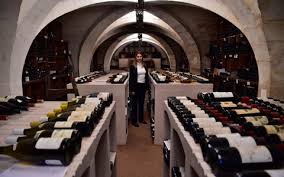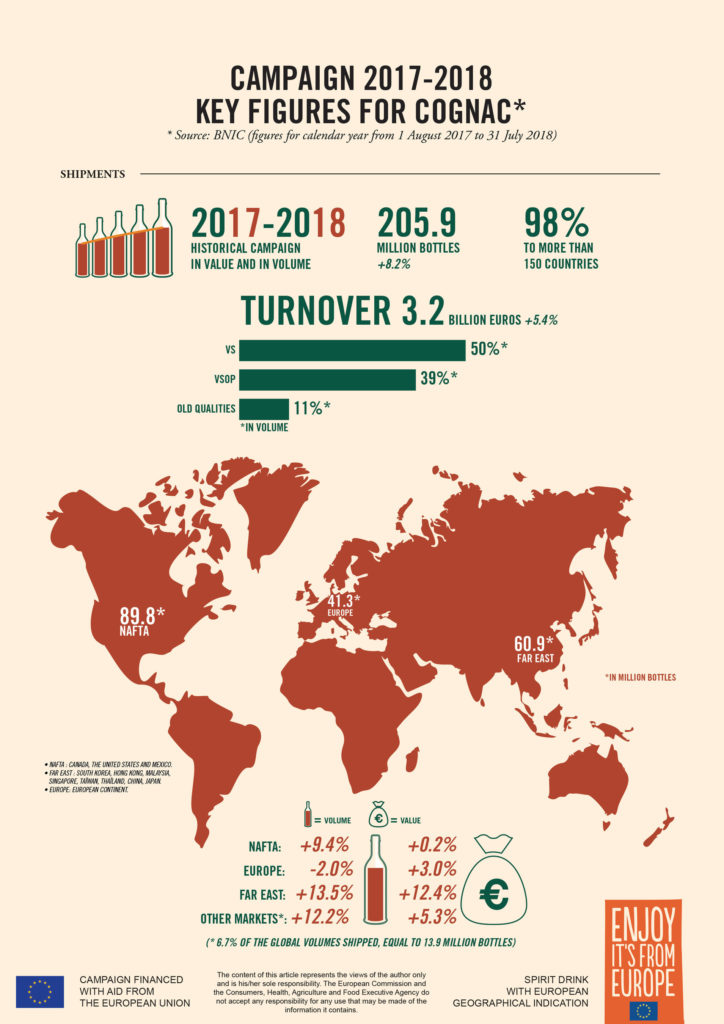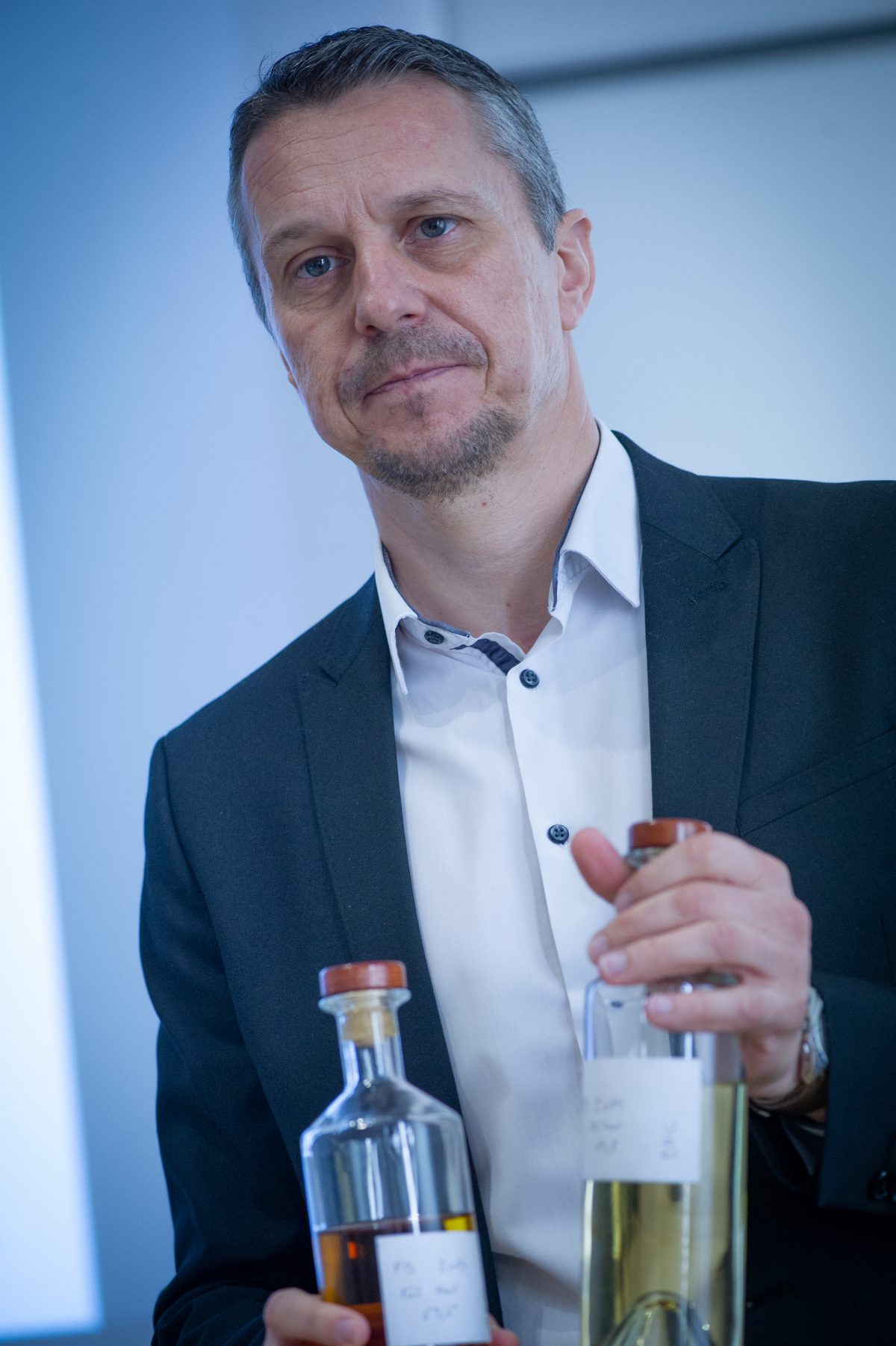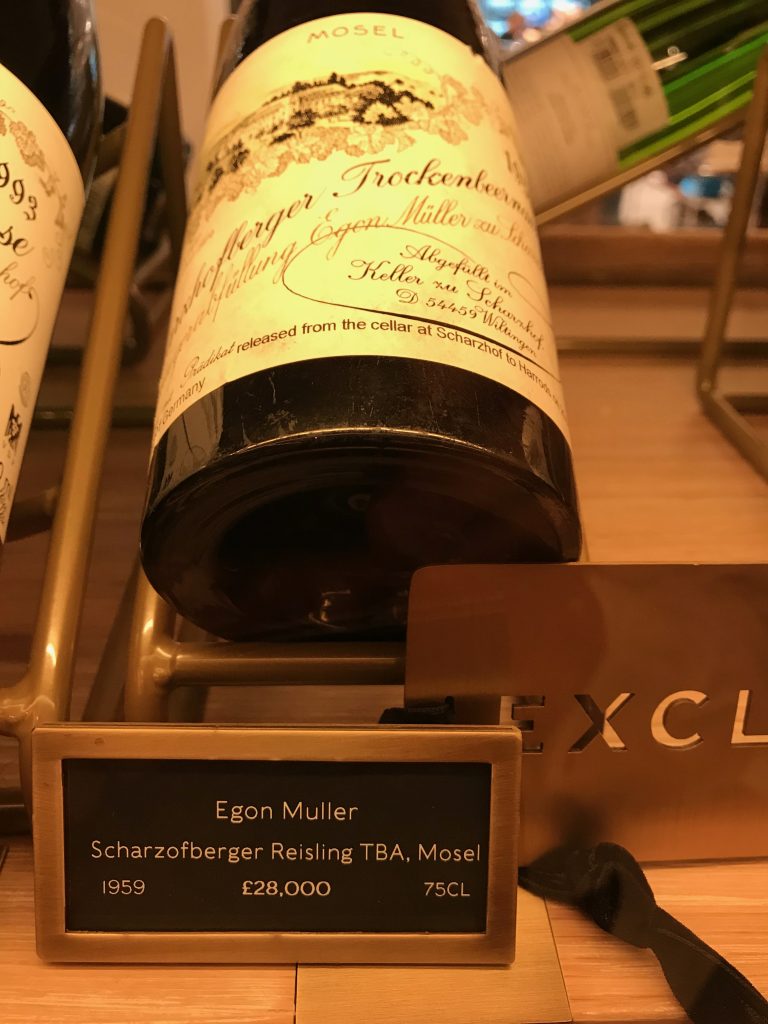Launching February 2019, LOUIS XIII will step into the future by integrating NFC technology into its Smart Decanter to provide clients a seamless access to an exclusive world of privileges. Each decanter will directly connect clients to the LOUIS XIII Society, a private club where members can enjoy exclusive content, unique experiences and personalized services through their smartphones.
After removing the seal, clients can tap and scan their NFC-enabled smartphones on the cork stopper to access the LOUIS XIII Society landing page to create or log into their account. The decanter number will then be automatically registered.
With this NFC chip, LOUIS XIII clients will get facilitated access to all the advantages of the LOUIS XIII Society. This private club offers bespoke services such as customized decanter engraving, pre-releases of limited editions, contact with a LOUIS XIII Personal Advisor for private tastings and ultimate experiences, and an invitation to network with LOUIS XIII Cognac connoisseurs registered all over the world. In addition, the LOUIS XIII Smart Decanter will bring added services to clients allowing them to customize gifting messages that will appear when recipients scan their decanter.
“Every LOUIS XIII decanter will feature this smart solution worldwide. At LOUIS XIII, we place clients at the very heart of everything we do, striving to offer them always the best experiences,” said Ludovic du Plessis, LOUIS XIII Global Executive Director. “This innovation will be launched globally starting February 2019 and will be deployed all over the world the following months.”
NFC TECHNOLOGY
NFC enables simple, rapid, intuitive and secure communication between two electronic objects. A mature and robust technology which has been growing in the past 20 years being used mainly by bank cards, biometric passports and travel tickets – until now. Today, with the introduction of contactless payment, connected wearables and the Internet of Things, NFC technology is reinventing the way we experience life.
LOUIS XIII Society is a private members club for owners of LOUIS XIII Cognac decanters. http://www.louisxiii-society.com







